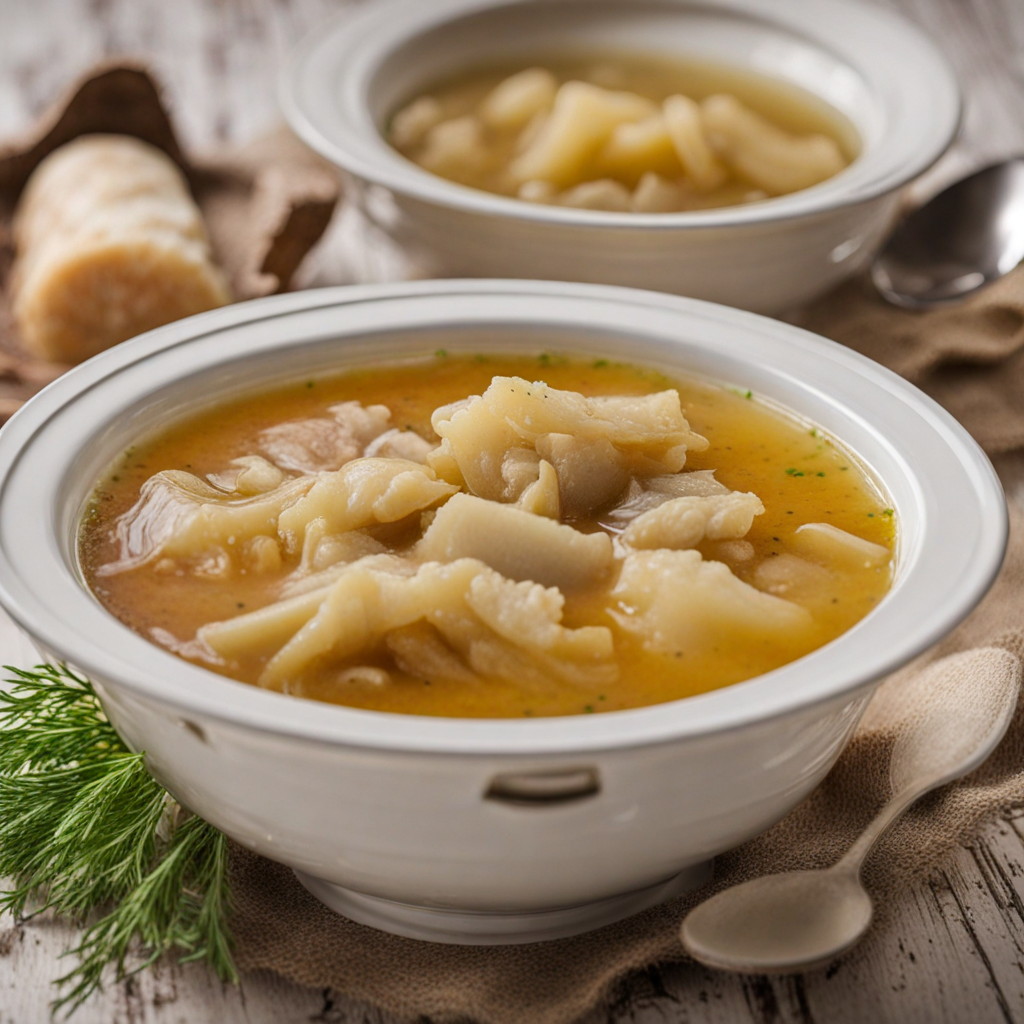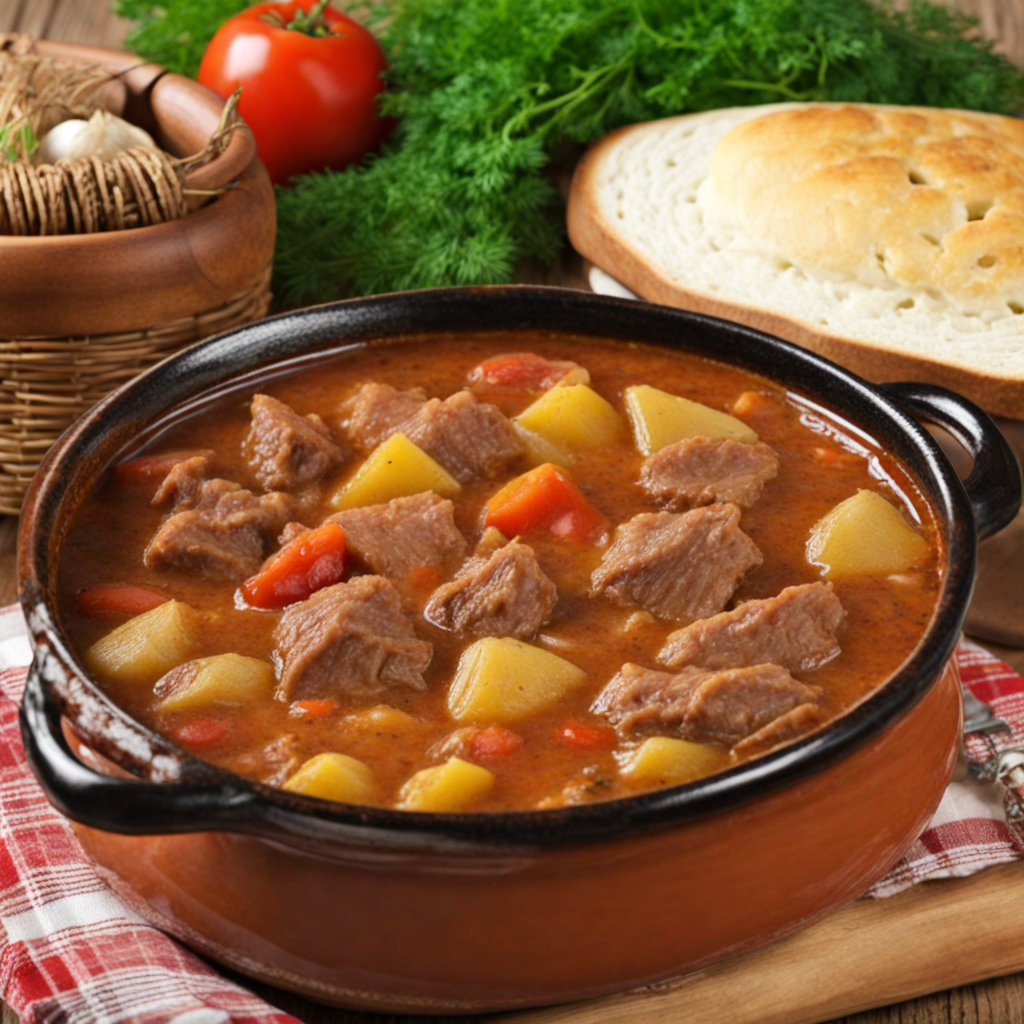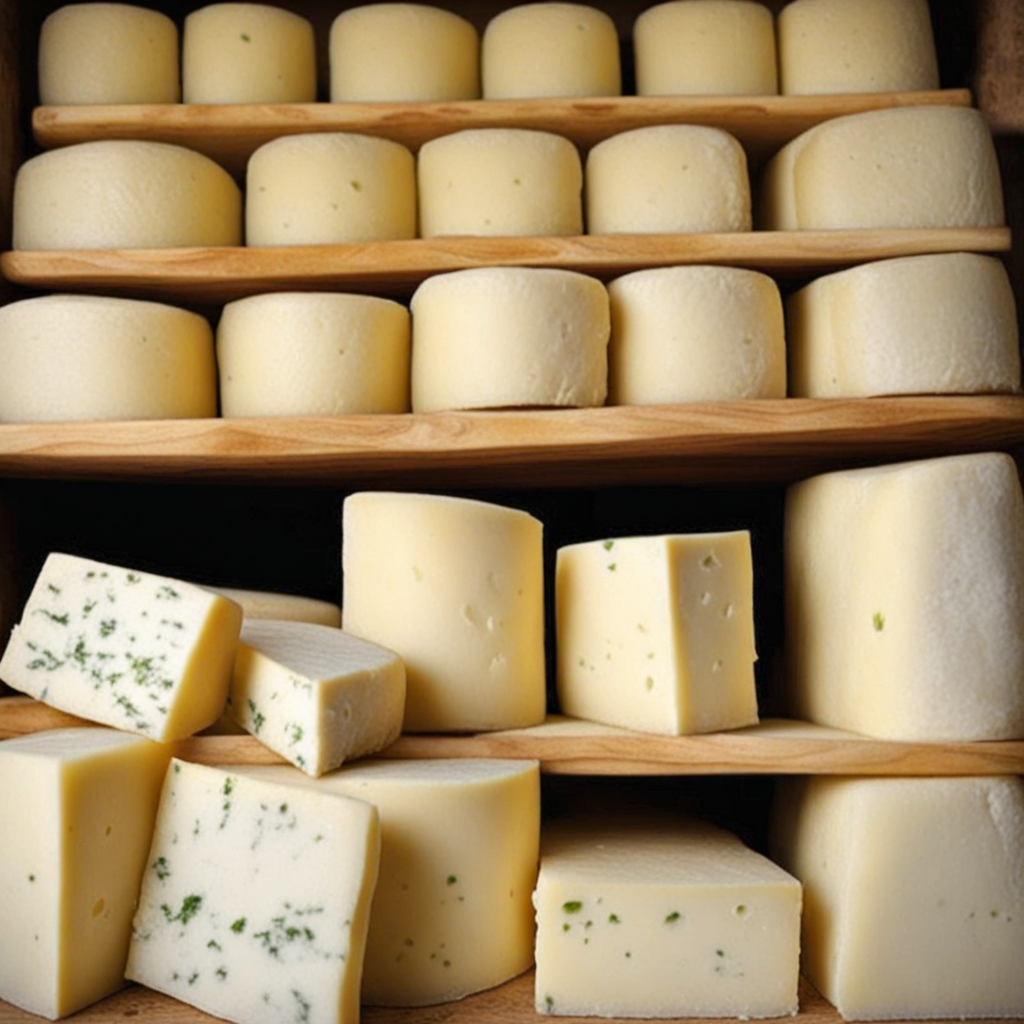Smoked Sausage
Smoked sausage, known as "cârnați afumați" in Romanian, is a beloved traditional dish that encapsulates the heart and soul of Romanian cuisine. These sausages are typically made from high-quality pork, often combined with beef or lamb, and are seasoned with a blend of spices such as garlic, black pepper, and paprika. The meat is coarsely ground and stuffed into natural casings, giving the sausages a rustic texture that is both satisfying and flavorful. The aroma of the spices mingles with the rich, smoky scent, promising a taste experience that is both hearty and comforting. The smoking process is what truly sets Romanian smoked sausage apart. Traditionally, the sausages are hung in a smokehouse, where they are exposed to aromatic hardwood smoke for several hours, imparting a deep, savory flavor that enhances the natural taste of the meat. This method not only preserves the sausages but also adds complexity to their profile, creating a delightful contrast between the smoky exterior and the tender, juicy interior. Each bite reveals layers of flavor, with the smokiness beautifully complementing the spices and the richness of the meat. Served in various ways, smoked sausage can be enjoyed on its own, sliced and served with crusty bread and mustard for a simple yet satisfying snack, or incorporated into hearty stews and casseroles for a more substantial meal. It is often accompanied by pickled vegetables, which add a refreshing tanginess that balances the richness of the sausage. Whether grilled, pan-fried, or cooked in a traditional Romanian dish, smoked sausage is a culinary delight that invites you to savor the authentic tastes of Romania.
How It Became This Dish
Cârnați Afumați: A Culinary Tradition of Romania Origins Cârnați afumați, often translated as "smoked sausages," is a cherished culinary staple in Romanian cuisine, deeply embedded in the country’s cultural heritage. The origin of cârnați can be traced back to the ancient practices of meat preservation within the region, where the harsh winters necessitated techniques to prolong the shelf life of food. The word "cârnați" itself derives from the Latin "carnis," meaning "meat," which hints at the dish's roots in the Roman occupation of Dacia (modern-day Romania) around the 1st century AD. Initially, the preparation of sausages was a practical solution to the seasonal abundance of livestock, particularly pigs, which were often slaughtered in the late autumn. The practice of making cârnați was further influenced by various cultural interactions, including the migrations and invasions of different peoples, such as the Ottoman Turks, who introduced spices and new methods of preservation via smoking and curing. Cultural Significance Cârnați afumați holds not just gastronomic value but also a significant cultural role in Romanian society. Traditionally, these sausages are produced during festive occasions, particularly around Christmas and New Year’s, when families gather to celebrate. The preparation and smoking of cârnați often become a communal activity, where family members come together to share stories, traditions, and hard work. This gathering fosters a sense of unity and continuity, linking generations through shared culinary practices. The act of making cârnați is steeped in ritual; it is not merely about food preparation but rather a means of preserving cultural identity. In many rural areas, families have their own unique recipes and techniques handed down through generations. These variations often reflect the local environment, with different regions incorporating indigenous spices, herbs, and even local game into their recipes, showcasing the rich biodiversity of Romania. In addition to its domestic significance, cârnați afumați has also carved out a niche in national cuisine and identity. It is often featured at Romanian festivals and fairs, symbolizing national pride and the rustic charm of the countryside. The sausages are also an essential component of various traditional dishes, such as mămăligă (cornmeal porridge) or served alongside pickles, further highlighting their versatility in Romanian culinary practices. Development Over Time As Romania evolved socially and economically, so too did the production and consumption of cârnați afumați. During the interwar period, the industrialization of agriculture and meat production changed the landscape of Romanian cuisine. Sausages transitioned from being a family affair to a more commercialized product, with factories emerging that specialized in processing and smoking meats. This shift brought about new standards of quality and hygiene, while also making cârnați accessible to a broader audience. However, despite these changes, traditional methods of making cârnați afumați have persisted in many rural areas. These methods often involve natural casings made from sheep or pork intestines, which are filled with a mixture of minced meat (predominantly pork) and a blend of spices, typically including salt, pepper, garlic, and sometimes paprika. The filled sausages are then subjected to a cold smoking process, often using local wood, such as beech or oak, which imparts a distinctive flavor and aroma. In contemporary Romania, cârnați afumați enjoys a renaissance as part of the broader movement towards artisanal and locally sourced foods. With the rise of the slow food movement and increased consumer awareness of food origins, many Romanians are returning to traditional methods of sausage-making. This shift has also been bolstered by various initiatives aimed at preserving Romania's culinary heritage, including regional competitions and festivals celebrating traditional foods. The European Union's recognition of certain Romanian products, such as "Cârnați de Pleşcoi" as a Protected Geographical Indication (PGI), has further spotlighted the cultural importance of cârnați afumați. This certification ensures that these sausages are produced according to traditional methods in specific geographic areas, thereby preserving the unique attributes of the product and promoting local economies. Culinary Modernization In the modern era, the culinary landscape of Romania has also seen influences from globalization, with chefs experimenting with traditional recipes and introducing innovative dishes. While the essence of cârnați afumați remains intact, contemporary chefs are reimagining how sausages are served and paired with other ingredients. For instance, they might be incorporated into gourmet dishes, served with handmade artisanal bread, or paired with local wines, celebrating both tradition and modernity. Moreover, the increasing popularity of international cuisine has led to the fusion of traditional Romanian flavors with global influences, creating unique dishes that resonate with younger generations. This culinary evolution has sparked renewed interest in cârnați afumați, encouraging a dialogue between the past and the present. Conclusion Cârnați afumați is more than just a smoked sausage; it is a symbol of Romania's rich culinary heritage and cultural identity. From its ancient origins to its modern-day iterations, the sausage embodies the spirit of community, tradition, and resilience in the face of change. As Romanians continue to celebrate and innovate around this beloved dish, cârnați afumați remains a testament to the enduring power of food as a connector of people and cultures. Through each bite, one can taste not only the flavors of the ingredients but also the history, stories, and traditions that have shaped this iconic Romanian food. Whether enjoyed at a festive gathering or a simple family meal, cârnați afumați encapsulates the essence of Romanian hospitality and the deep-rooted connection between food, culture, and identity. As the world becomes increasingly homogenized, the preservation of such culinary traditions becomes even more vital, ensuring that the flavors of Romania continue to thrive for generations to come.
You may like
Discover local flavors from Romania







